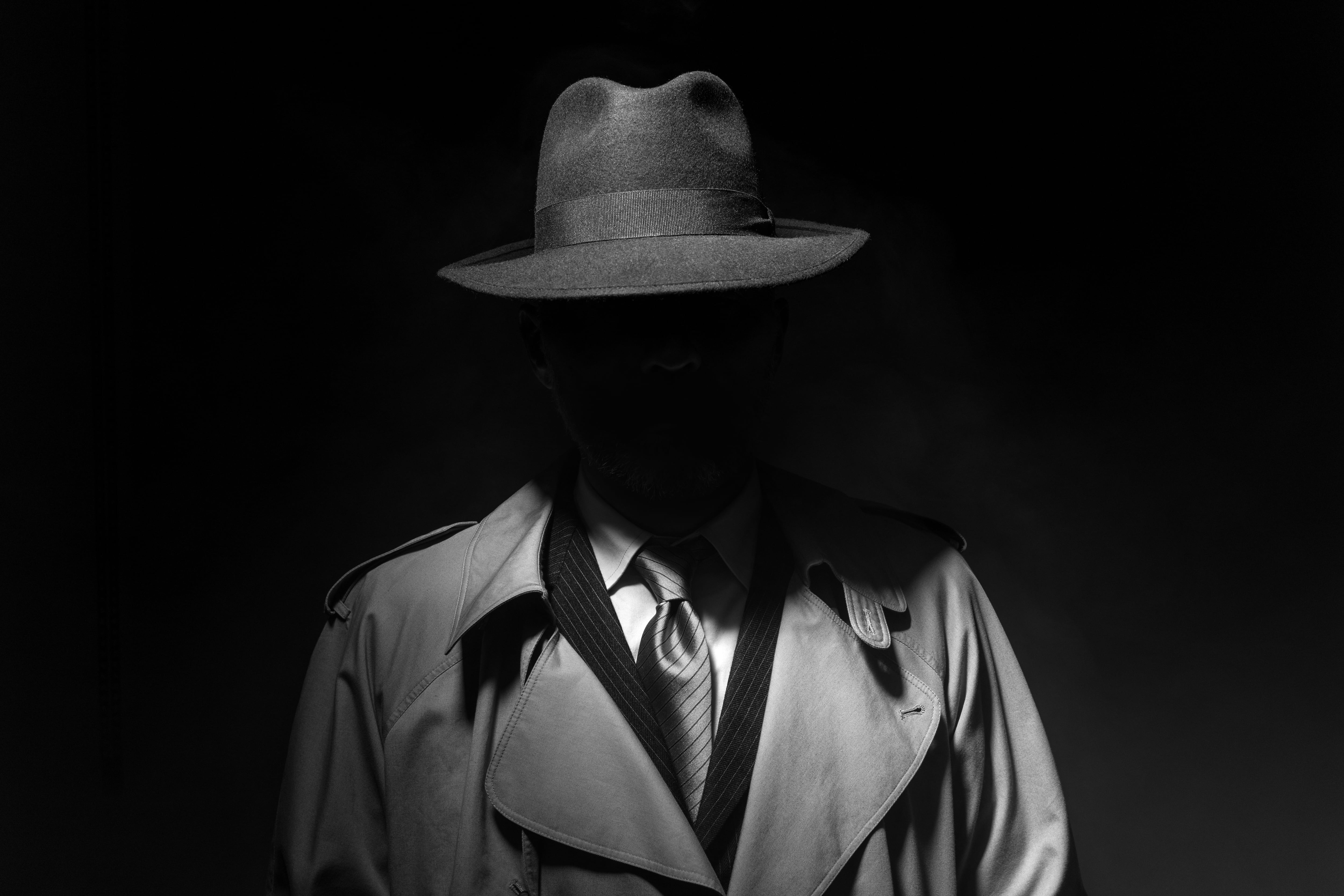Regarded as the leading intellectual of his time and deeply involved in the development of Pennsylvania, Lurgan-born James Logan rose to great prominence in colonial America. He was born 350 years ago on October 20th.
His father, Patrick, a schoolmaster, had been a clergyman in the Presbyterian Church of Scotland before becoming a Quaker, and his mother was Isabel Hume; they had married in Midlothian in Scotland and moved to Ireland to avoid persecution.
He was educated originally by his father but was largely self-taught and was an avid reader all his life.
His Dublin linen apprenticeship was interrupted when his family fled back to Scotland due to the Williamite Wars, before moving to Bristol in 1694, where he was put in charge of Friar Meeting House Quaker school after his father returned to Ireland.
READ MORE
It seems he returned to the linen trade a few years later and in 1699 sailed on board the Canterbury with William Penn for America to what became known as the colony of Pennsylvania.
In America, he became involved in the fur trade, “using methods that were certainly unscrupulous and bordered on the illegal: he sold rum to Native Americans and left many fur traders in debt,” according to Patrick Geoghegan, who wrote the entry on him in the Dictionary of Irish Biography. He would also have been a slave owner.
He was Penn’s secretary and so was closely associated with the development of Pennsylvania, acting as secretary of the province and clerk of the Provincial Council of Pennsylvania. Appointed to a number of senior offices, he was mayor of Philadelphia (1722-23) and during his tenure he allowed Irish Catholic immigrants to celebrate with others the city’s first public Mass.
Other offices included chief justice in the supreme court of Pennsylvania (1731-39), and acting governor of Pennsylvania (1736-37), during which he opposed Quaker pacifism and resistance to war tax, and he was a founding trustee of the College of Philadelphia (later the University of Pennsylvania).
His investments in land, and trade with native Americans, led to his becoming very wealthy. Despite his practices, he was always on good terms with Native Americans, according to Patrick Geoghegan. However, although William Penn and his immediate successors had a policy of friendship towards the Lenape Native American tribe, Logan and other landowners, including Penn’s three indebted sons, implemented a policy of land acquisition before eventually concluding an official treaty with the Lenape.
He was less than fair to them and used the powerful Iroquois Confederacy to override Lenape rights. The result was a massive expansion of the colony and the scattering of the Lenape.
Interested in learning and the sciences from an early age (he and his younger brother William, who remained in Bristol and became a physician, regularly corresponded on scientific subjects), he came to be recognised for his knowledge of mathematics, natural history and astronomy. He published regularly on the subjects of optics and botany and his work on plant pollination led to a breakthrough in the hybridising of plants as his recognition of how maize reproduced proved revolutionary.
“His most important scientific contribution, however, was not his own research but his role as advisor to others,” according to Patrick Geoghegan. One who benefitted from his tuition (in Latin) was the American botanist John Bartram, whom he put in touch with the pioneering Swedish biologist and physician Linnaeus. Another to whom he became a mentor was Benjamin Franklin, who published some of Logan’s Latin translations, and Franklin’s circle considered him the best judge of books around.
A bibliophile who once confessed that “books are my disease”, he amassed a vast library, which he decided to bequeath to the public, his son James effecting this after his father’s death. The more than 2,000-volume library was first housed at the Bibliotheca Loganiana (or Logan Library) in a building on Sixth Street, Philadelphia, designed and built by Logan himself, and is now at the Library Company of Philadelphia. It is “recognised as the finest collection assembled in pre-independence America”, according to Patrick Geoghegan.
He married Sarah Read, daughter of merchant Charles Read, in December 1714, and they had five children. He died at Halloween 1751 in Germantown, Philadelphia. The Logan neighbourhood and the landmark Logan Circle in that city are named in his honour.
Patrick Geoghegan described him as aristocratic in bearing and in outlook. Alfred Webb’s Compendium of Irish Biography (1878) referred to him as “tall and well proportioned, with a graceful yet grave demeanour. He had a good complexion and was quite florid, even in old age; nor did his hair, which was brown, turn grey in the decline of life, nor his eyes require spectacles.”











